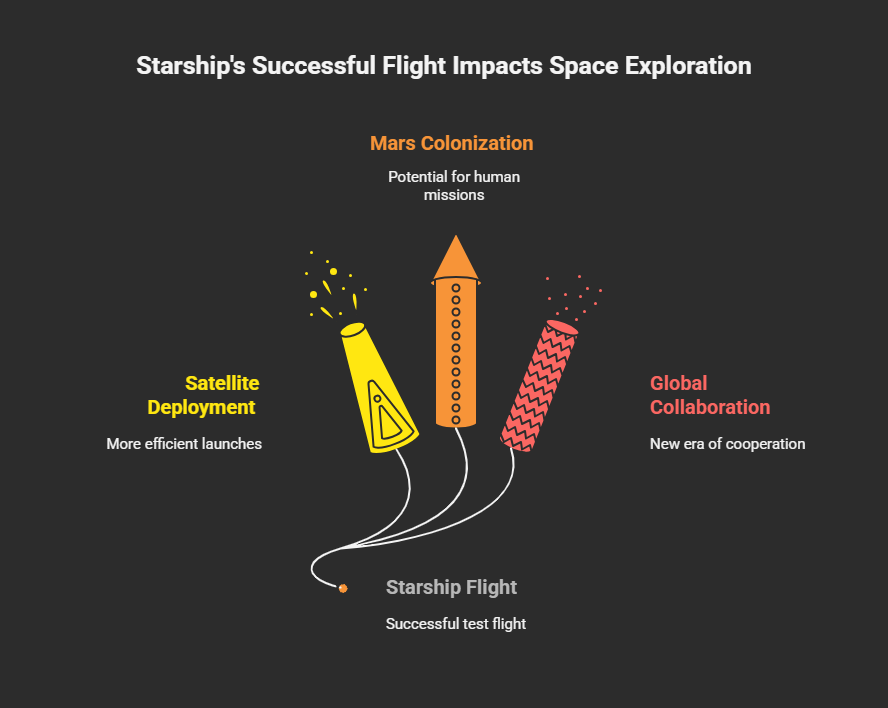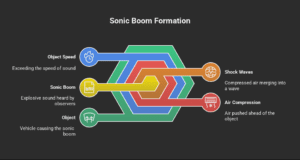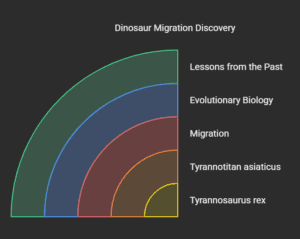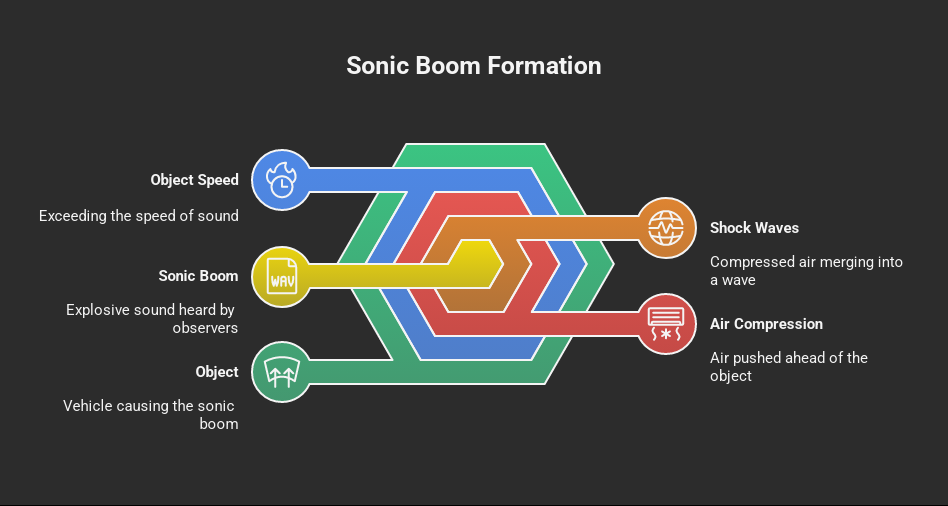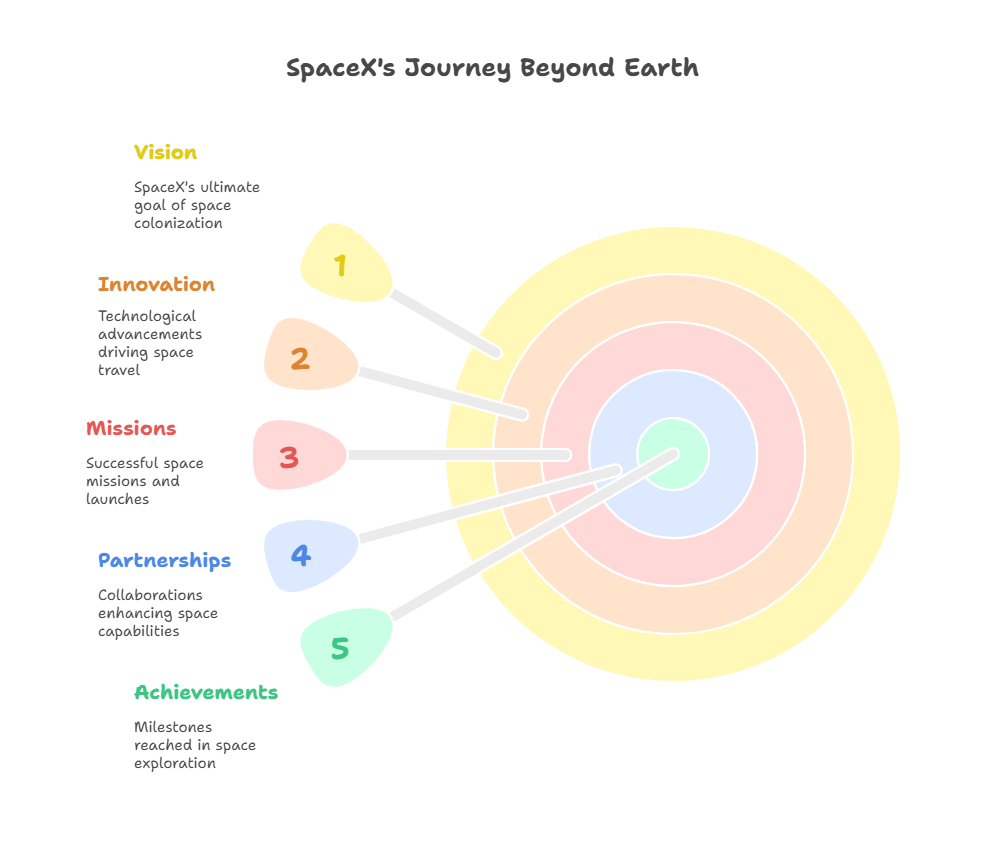Introduction:
A Giant Leap–Again. Last week, when the earth shook or you saw a fire streak in the Texas sky, you had not been dreaming. Starship is the largest rocket that has been constructed by SpaceX and it just passed another test, and frankly speaking? It’s hard not to get chills. Being a follower of the spaceflight in more than ten years (and at one point, camping at Cape Canaveral, only to observe a Falcon 9 launch), I have witnessed a lot of failures. But this? This feels different. Starship isn’t only demonstrating its engineering on every flight, but resetting the possibilities within space exploration. In this post, we’ll break down: What really went wrong in this recent Starship test. Why this flight was a breakthrough in comparison with the earlier ones. How Starship would change the world by deploying satellites to Mars colonization. And what all that does you–even though you may not be a rocket scientist. Let’s dive in.
What Went wrong on the last Starship test launch by SpaceX?
On October 13, 2025, SpaceX took off Starship during the fifth integrated flight test (IFT-5) at Starbase in Boca Chica, Texas. This mission has accomplished several landmark achievements unlike its previous predecessors who failed in landing a landing craft in the atmosphere or their stage separation failed because of explosions: Effective stage separation: The Super Heavy rocket blasted off Starship upper stage successfully – a significant milestone in the earlier flights. Controlled direct booster landing burn: The booster landed in the ocean but it did not land on the drone ship but did a near perfect flip maneuver and controlled descent burn. Starship achieved orbital velocity: The upper stage used its Raptor long enough to achieve velocities it could enter orbit- this was not something it had achieved fully up to this point. Payload door test: This was the first Starship delivery where it opened its payload bay in space and was a significant milestone towards deploying satellites in the future. In the live stream provided by SpaceX, the company CEO, Elon Musk, described it as the most successful flight so far and it was data collection that was fantastic in every system. Each test is a step towards reusable transportation system which can fully carry crew and cargo to earth orbit, the moon, Mars, and others. — NASA Administrator Bill Nelson, and his comment on the role of Starship in the Artemis program.
Why this Flight was Different from SpaceX(why it matters at all).
Failure to Launch: SpaceX Lessons to Learn. Being honest here, the first three test flights of Starship were not so successful. Explosions. Tumbling. Uncontrolled spins. But this is what most people overlook–SpaceX anticipates this. Their philosophy? Fast, fast, learn faster. In contrast to conventional aerospace development plans of taking years to develop a simulation and then launch, SpaceX accepts testing on a real world basis. According to aerospace engineer Dr. Laura Forczyk of Astralytical: SpaceX does not distinguish between prototypes and software, it is iterative, agile and continuously evolving based on real-time data. The most recent flight is evidence that approach is effective. All the anomalies of the previous missions were considered: improved heat shield, improved flight software, and improved Raptor engines.
Reusability Is the Real Goal in SpaceX
Starship is not only about size, though it is also about sustainability. The Super heavy booster and Star ship upper stage are both full reusable, potentially reducing the cost of launching something a kilogram to under 100 dollars (it is currently 10,000 dollars per kilogram in the industry on average). Imagine: Low cost internet satellites \ global broadband. Cheap lunar voyages → scientific bases on the Moon. Frequent Mars missions: not science-fiction, but logistics. NASA has already given SpaceX a 2.9 billion-dollar contract to exploit Starship as the Artemis III Human Landing System the first crewed landing on the Moon since 1972. This mission is directly supported by this test flight.
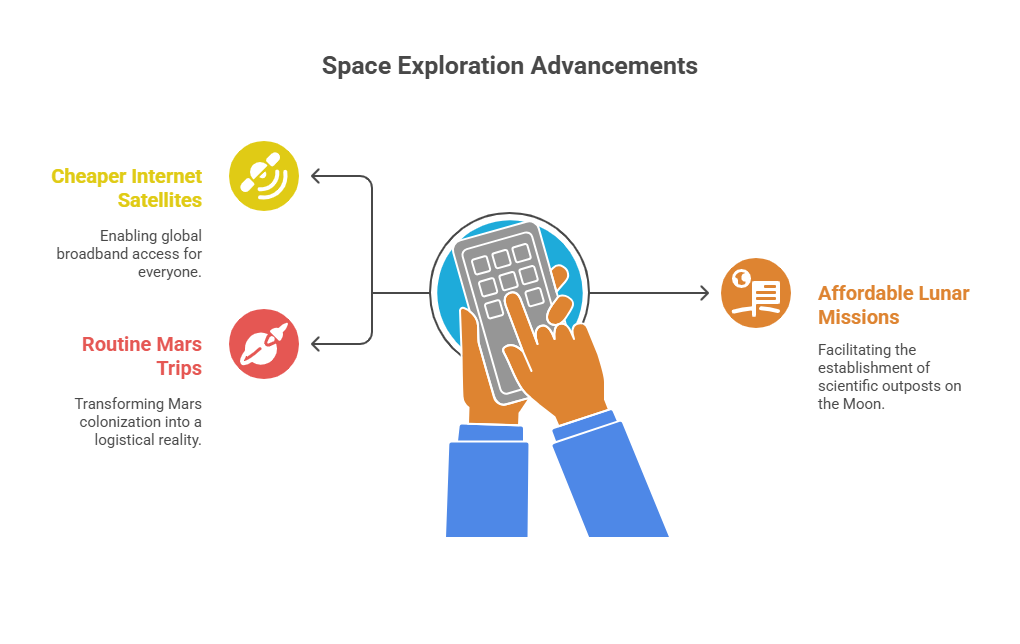
What SpaceX Is Really All about the Space Exploration Future.
1. Mars Is Not Just a Dream Anymore. Elon Musk’s ultimate goal? Bring humanity into multiple planets. The ship to do it is Starship. It is the largest rocket that can support the large-scale Mars colonization because it has the capacity of 100+ people or 150 metric tons to orbit. Musk estimates that the first uncrewed mission to Mars would be launched as soon as 2029- if it is tested as fast. 2. Revolutionizing the Earth Orbit and Beyond. Along with Mars, Starship might change: Space tourism: Imagine one-week orbital holidays (yes, actually). Space-based solar power: Dropping huge solar arrays to transfer clean energy to the planet. Deep-space science: Implementing the next-generation telescopes into deep space beyond Hubble or JWST. 3. New Age of International Cooperation. The success of Starship is not only an American victory. European Space Agency (ESA), Japan JAXA and individual companies such as Rocket Lab are already looking into collaborations. International cooperation will be crucial as space will be more accessible.
Personal Note: Why I am Excited (and Hopeful).
I will never forget when I watched the first launch of the Falcon Heavy in 2018 when I saw Elon flying by in his cherry-red Tesla with Don’t Panic on the dashboard. It was like the science fiction coming true. Starship is now not only taking cars to space. We are constructing the framework of the next generation of humanity. Last month, I talked to a high school student in small-town Kansas who said that she is applying to aerospace engineering programs due to Starship. That is the ripple effect, inspiration, innovation and inclusion. It is not only the governments that have space nowadays but our space too.
Summary: The Sky Was Never the Actual Limit!(Cause of SpaceX)
The newest launch by SpaceX is not just another flight. It is evidence that ambitious engineering, constant experimentation, and having a vision can help to transform ambitious dreams into reality. Key takeaways:
- ✅ Stage separation, reusability, and orbital velocity were major milestones that were attained by Starship.
- ✅ Every test is a step towards cheap, normal access to space.
- ✅ Mars, the Moon, and further are not far off and far away fantasies anymore but they are on the roadmap.
Still floating for facts? click on this link

